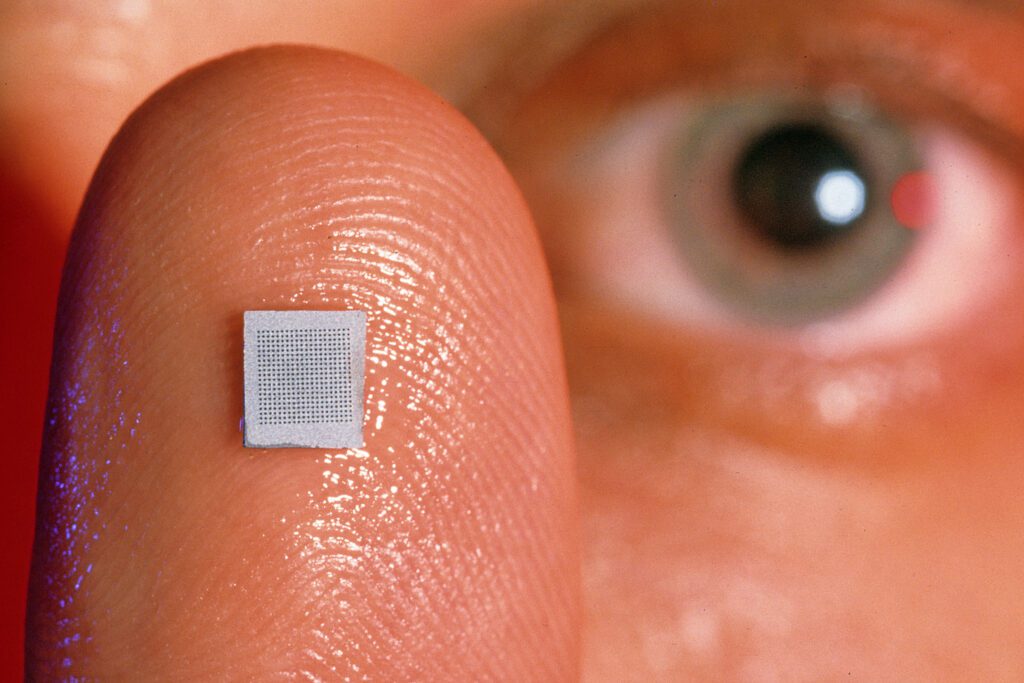I thought I would answer a friend’s question I received the other day.
Hey Stanley,
I have a quick question for you. I bought a Canon ƒ/1.4 50mm prime lens last year and I love it. My only issue is that when set to automatic the depth-of-field can be so narrow that a nose is in focus and an eye is out of focus. I’m assuming that the aperture is just too open. Is there a rule of thumb when taking portrait-type shots as a minimal (or max – not sure which is which) aperture? Maybe I just need to stay on aperture priority and ƒ/1.8, or something. What’s your recommendation?
One of the most popular lenses today is the 50mm ƒ/1.4. The reason for the popularity is the silky smooth shallow depth-of-field obtained when shooting at ƒ/1.4. You will see a lot of wedding photographers using these not only to get that look but also because you can use it to take photos when flash is not allowed—like during the ceremony.

When you are inside and cannot use flash, the rooms are so dark you need a lens with an aperture of ƒ/1.4 or ƒ/2 to get photos. The problem is that you can only go so slowly with your shutter speed before the pictures are blurry due to movement. If you were photographing objects and not people, you could take a photo with a shutter speed of 1 second, but with people, you need to be shooting at least at 1/30 of a second or faster to avoid movement issues, which will give you blurred images.
Using the lens for portraits wide open at ƒ/1.4 and filling the frame with someone’s face will very quickly give you the results you just described.
There are a couple of things that affect depth of field.
- The ƒ-stop/aperture. As you already know, the lower the number, the less depth-of-field you have.
- Distance to subject. The closer you get to a subject, the shallower the depth of field when the ƒ-stop stays the same. In macro photography, for example, when you get as close as a 1:1 ratio, you often have to be at a ƒ -stop at a minimum of ƒ /11 to appear in focus. When I do macro photography, the aperture is often at ƒ /45 and still seems like a shallow depth-of-field.

This photo here (figure 3) is at ƒ/45. Again, see how the eye is out of focus. You would think at ƒ/45 everything would be tack sharp, but it isn’t.
My suggestion is the closer you get, you will need to increase the ƒ/stop to keep the facial features of the eyes, nose, and mouth in focus. I don’t mind the ears out of focus. I occasionally will shoot with my 85mm ƒ/1.4 wide open and get a person’s eye in focus, but the number of photos you need to take to get a good picture can increase due to them or you moving. So I usually shoot between ƒ/4 and ƒ/5.6 for headshots to keep most things focused.
When doing group photographs, people are often two or three deep in the photo. In these situations, you need to shoot at ƒ/8 or greater aperture, or the people on the front or back will not be sharp.
If you own a shallow depth-of-field lens like ƒ/1.4, remember, if you want that silky smooth out-of-focus look behind the subject, you need to be sure what you want in focus is in focus. You can move the focus point around on many new cameras in your viewfinder. Shifting the focus point will help you maintain your focus and composition. Focusing in the center of the frame and then recomposing the photo will often give you poor results since the tolerances are so critical.
Practice making portraits at ƒ/1.4, then do some at ƒ/4, and then some at ƒ/5.6. Get comfortable with the look of each aperture, and when you want a specific look, you will feel confident that you can deliver because you have practiced.
Got a question about photography you would like to see me write about, send me a note and let me know at stanley@stanleyleary.com.

